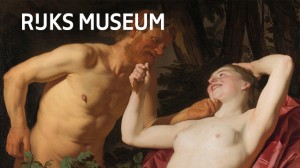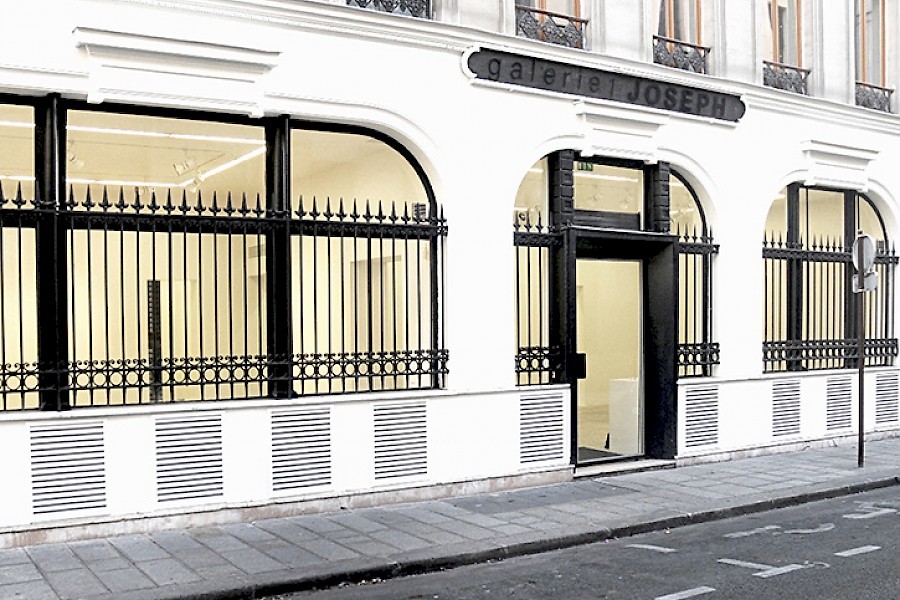- Author: D Unknown
- Posted: November 23, 2015
- Category: D Unknown Magazine
Rijksmuseum exhibits daring masterpiece by Van Honthorst in Gallery of Honour
The Rijksmuseum has received an exceptional painting by the 17th-century Dutch painter Gerard van Honthorst on long-term loan. Satyr and Nymph from 1623 is owned by the Broere Charitable Foundation, of which several works have been on view in the Rijksmuseum since 2012. The canvas, with the playful and lustful mythological figures, provides a surprising and daring look at Dutch painting in the Golden Age.
Taco Dibbits, Director of Rijksmuseum Collections: The frivolous subject of this painting shows a different side of the 17th century, one which until now has been represented very little in the Rijksmuseum. We are therefore exceptionally pleased with this wonderful addition.
 Gerard van Honthorst
Gerard van Honthorst
The Utrecht painter Gerard van Honthorst (1592-1656) is internationally the most successful Dutch artist of the seventeenth century. He worked for kings, the church and dignitaries in Italy, England and Denmark. Thanks to his early, dark night scenes in imitation of the famous Italian painter Caravaggio, he is counted among the so-called Utrecht Caravaggists. Van Honthorst headed a substantial studio in Utrecht with 25 students, who each paid 100 guilders per year for their education – a hefty sum at that time. In The Hague he painted a great number of portraits, including those of Stadholder Frederik Hendrik and his wife Amalia van Solms, and he worked on the decorations in the Hall of Orange Hall of Huis ten Bosch.
Satyr and Nymph
The painting Satyr and Nymph is one of the works that the 30-year-old Van Honthorst created shortly after returning from Italy. A smiling satyr, symbol of lust, leans forward to a half-naked nymph, while he tenderly touches her face. His tanned, weathered face and torso contrast with the porcelain-white skin of the nymph. His gesture is playfully answered by her. With her right hand she gently pulls at his goatee; very daring in 17th-century Dutch painting. Both are in a visible state of excitement, which Honthorst paints in detail; from his swollen nipple to the blush on her face. The broad brush strokes, the strong colours and the bright lighting contribute to the vivacity of the presentation. Gerard van Honthorst displays the figures from a low view point, which makes it plausible that this painting was intended as a chimney piece. His paintings with their bright colours gained a wide following in his hometown of Utrecht in the second quarter of the 17th century.
Broere Charitable Foundation
The Broere Charitable Foundation acquired the Satyr and Nymph from the renowned collection of the Graf von Schönborn in the German community of Pommersfelden, where the painting was already mentioned in the early eighteenth century. The painting already enjoyed great fame at that time, through, among other things, the copy that was made of it on Meissen porcelain. The Broere Charitable Foundation previously loaned Satyr and Nymph to the Museum of Fine Arts in Boston. The painting is the sixth work of art that the Rijksmuseum is receiving on long-term loan from the Broere Charitable Foundation. Earlier, the Broere Charitable Foundation contributed the paintings of Willem van de Velde de Jonge, Dutch Ships in a Calm, c. 1655 (2012); Orazio Borgianni, Christ among the Doctors, c. 1609; Joachim Wtewael, Mars and Venus Surprised by Vulcan, 1610 (2012); Jacob Jordaens, The Meeting of Odysseus and, ca. 1630-40 (2013) and the bronze statue Portrait of Louis XIV (1638-1715) by Martin Desjardins, King of France and Navarre, ca. 1690-95 (2014). These works are also of exceptionally high quality.
Satyr and Nymph can be seen in the Rijksmuseum’s Gallery of Honour.



